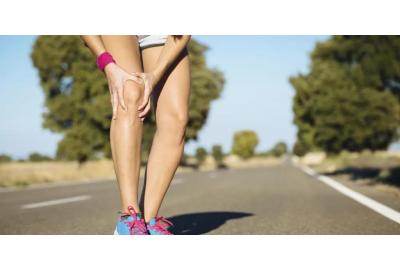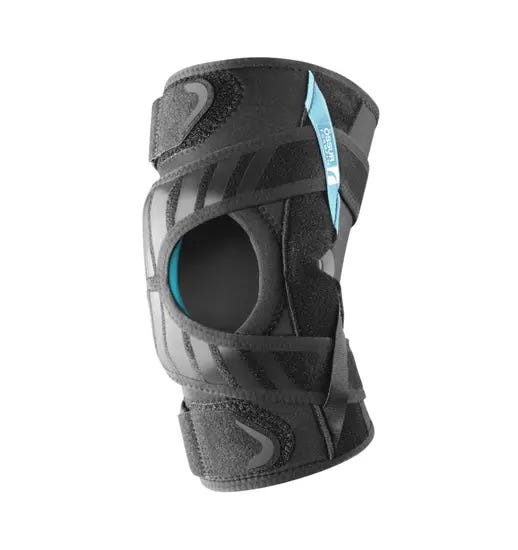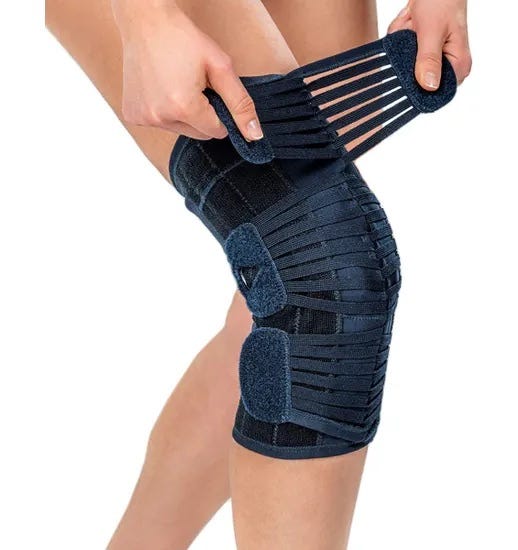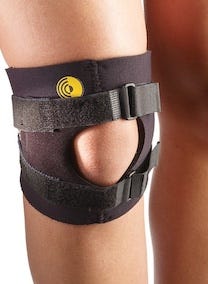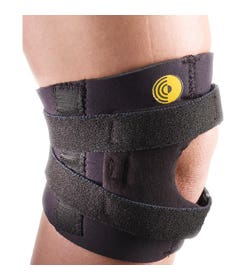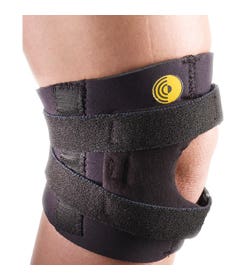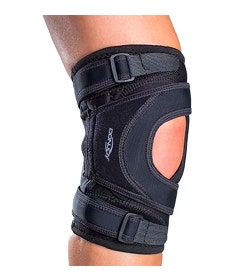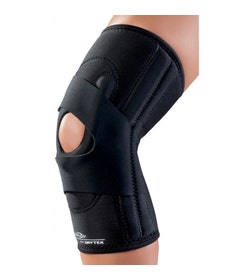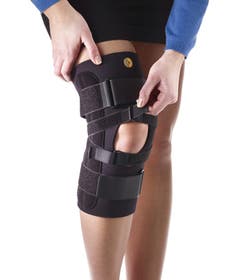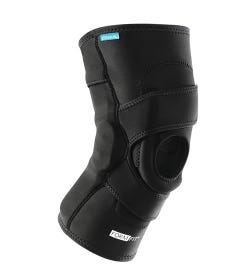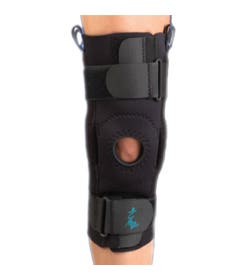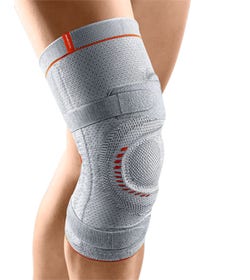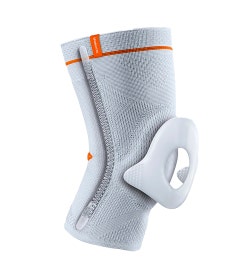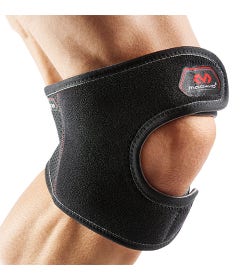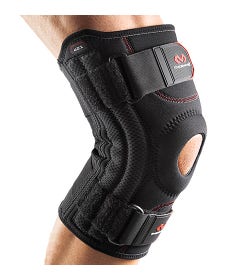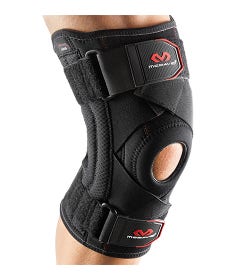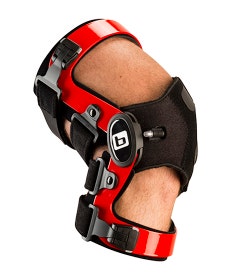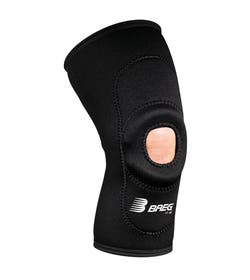Updated for 2024
Chondromalacia Patella - Overview
What is it?
Your kneecap (patella) glides in the femoral groove of your thigh bone (femur). On the back of the patella, there is cartilage to help reduce friction and improve the gliding motion of the kneecap when you bend your knee. If the patella were to shift out of the natural femoral groove, there is more grinding that occurs between the back of the patella and the femur. Chondromalacia patella is the degeneration and softening of the cartilage on the underside of the kneecap that is due to poor patella alignment as it slides slightly outside of the femoral groove. Individuals with Chondromalacia Patella frequently have abnormal patellar “tracking” toward the lateral (outer) side of the femur. This slightly off-kilter pathway allows the undersurface of the patella to grind against the femur, causing chronic inflammation and pain.
Movements that usually cause pain including walking up stairs, getting out of a chair and pain after sitting for prolonged amounts of time. This is because as your leg goes into extension (straightening) your quadricep muscles are activated to do this motion. It is usually the lateral quadricep muscle that is strong and it pulls the kneecap laterally, slightly out of the natural femoral groove. With overuse, injury, or too much stress on the knee, it causes the softening of the cartilage causing wear and tear.
Symptoms:
- Knee tenderness and mild swelling
- Feeling a grinding sensation when the leg is straightened
- Pain after vigorous activities
Who are most commonly affected?
- Athletes as a result of overuse
- Knock-Kneed or Flat-Footed Runners (which is why it is also commonly referred to as Runners Knee)
- Females are more pre-disposed
- Those with an unusually shaped patella surface
- Individuals with prior dislocations, fracture or other injuries to the kneecap.
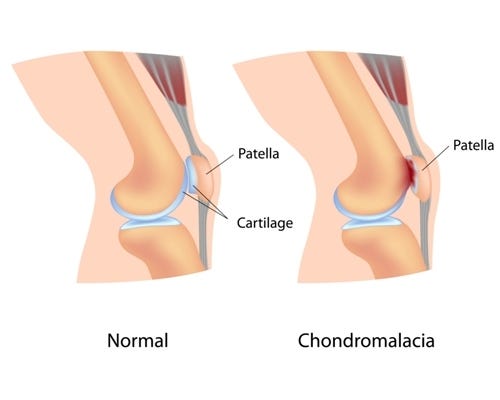

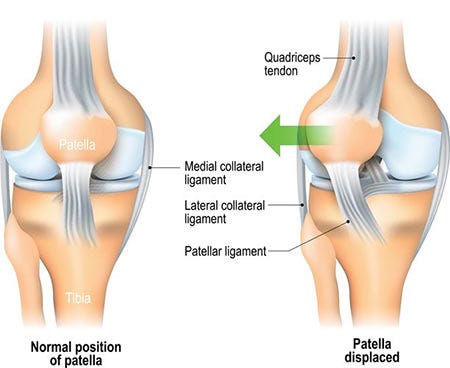

Did you know?
As females typically have wider hips this creates a larger lateral pull on the patella compared to males, which increases the chance of developing Chondromalacia Patella as the quadriceps will pull the patella out of the natural groove.
Top Rated Braces for Chondromalacia Patella
Brace Recommendations:
The Ossur Formfit Knee Tracker keeps the patella tracking properly through the full range of motion. The breathable material minimizes heat and perspiration while anchoring the brace firmly to the leg.
M-Brace AIR Vega Patella Stabilizer:
Patella stabilizing support offering compression and protection with ultra-light spiral stays.
We like this brace becuase it can be used for both right and left knees. It's constructed from breathable hypoallergenic fabrics (neoprene-free), features two C-shaped pressure pads which, when brought together as the brace is secured, surround and stabilize the patella.
Manufactured from premium grade latex-free neoprene and compression molded textured neoprene buttress. Features textured C-shaped buttress for maximum patella control and versatile strapping system that provides dynamic treatment with adjustable tension control. We like this option as it is very low profile and yet, provides great support!
Please consult your physiotherapist for exercises to help strengthen the muscles that keep the kneecap in the proper position.
Browse our products to treat Chondromalacia Patella
-
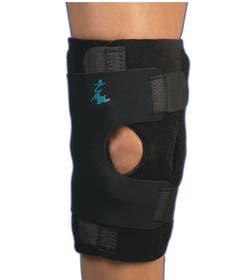 MedSpec Dynatrack with Hinges - Patella StabilizerAs low as $194.03
MedSpec Dynatrack with Hinges - Patella StabilizerAs low as $194.03

